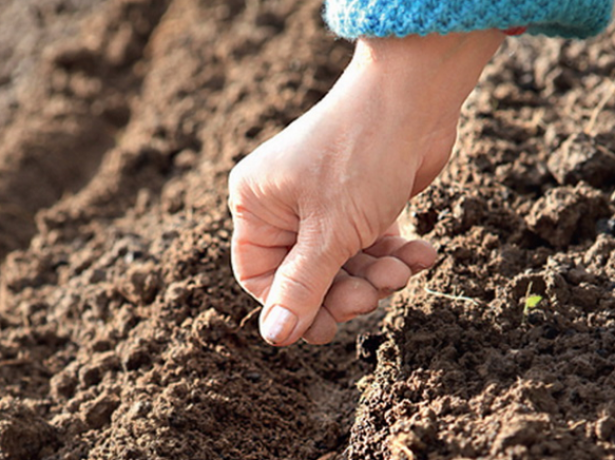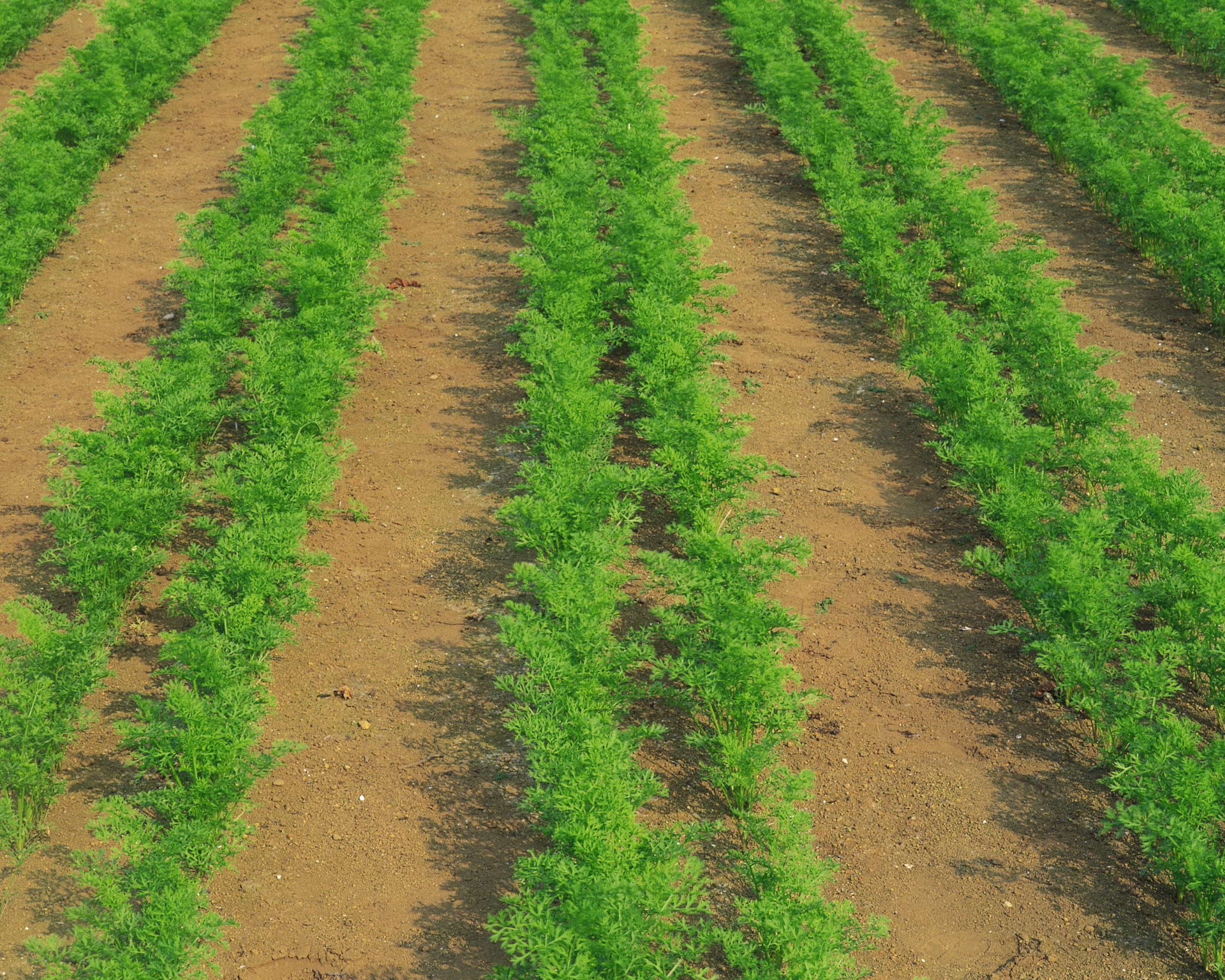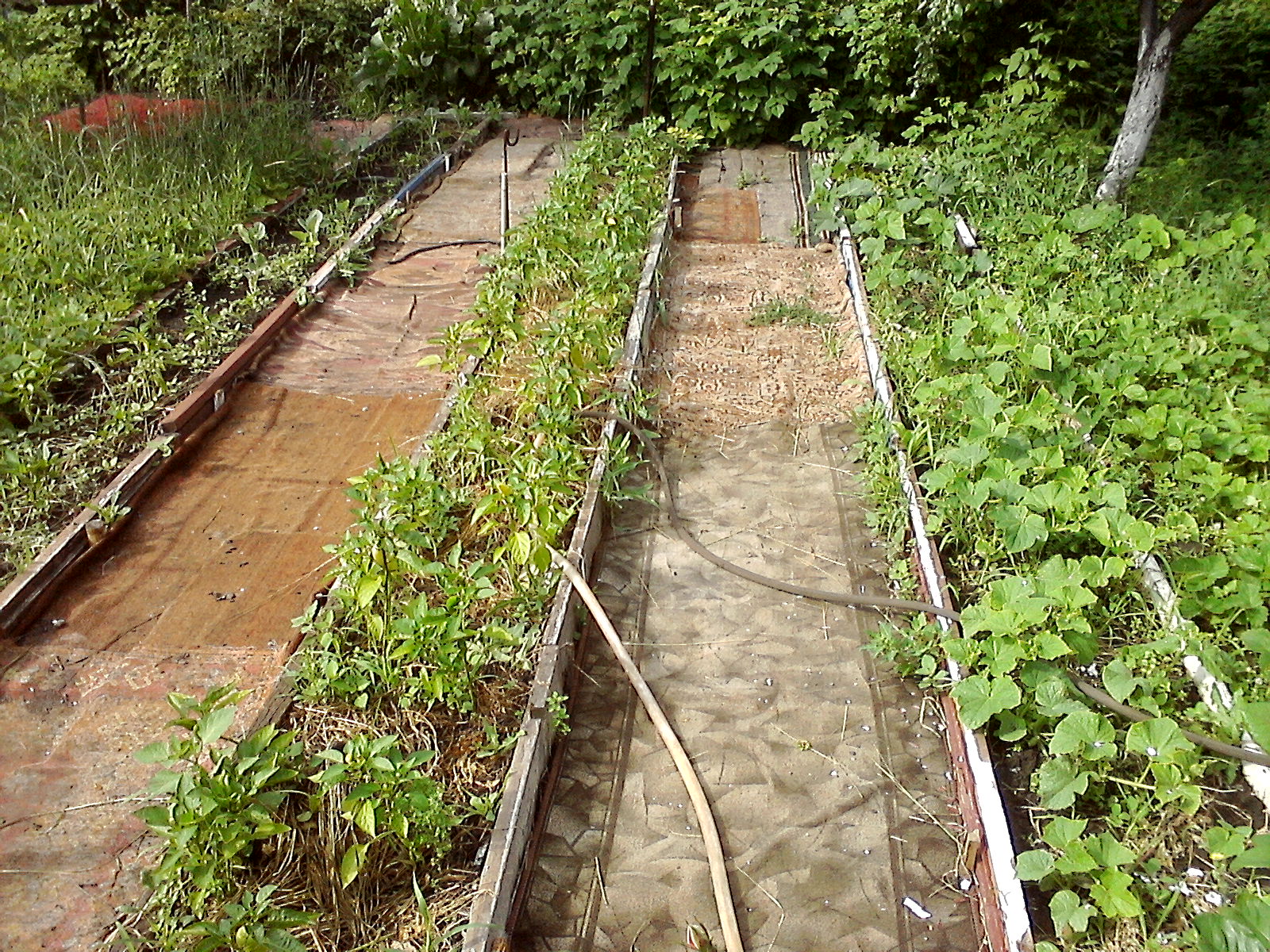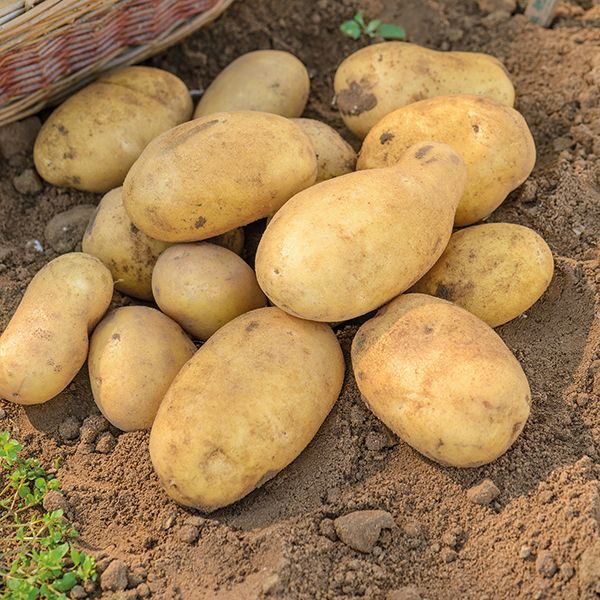Content:
Despite the seeming simplicity, growing carrots in a garden is a very responsible process and requires a certain amount of knowledge, skills and abilities. Of particular importance is the preparation of the carrot bed in the spring. Experienced gardeners start planting carrots in mid-April or early May (depending on the region). The optimal period is when the daytime air temperature ceases to fall below + 10-12 degrees, and the nighttime temperature stops below +5 degrees. On the beds sown at this time, the harvest will ripen in July.
What should be the soil
Before planting a crop, you should understand what kind of soil carrots love. Practice shows that every carrot variety, without exception, turns out to be very demanding for such a condition as soil. First, the ground should not contain anything superfluous: no pebbles, no roots, no solid debris. Under no circumstances should the soil be acidified. The acidity indicator should not go beyond the normal range. If the soil is clayey, or planting is carried out in black soil, it is recommended to add sand to the soil for carrots at the rate of 1 kilogram per 1 square meter of the garden. If the soil is too sandy, humus, manure, or potato skins can help. Nevertheless, it is the sandy soil for carrots that is considered more preferable. This is due to the high air permeability of the sand and its unique ability to absorb moisture.
When choosing a soil for carrots, you should pay attention, first of all, to sunny areas. No crop variety will yield an extensive harvest if planted in the shade. Likewise, the following are categorically excluded:
- soil with a high dryness rate;
- sloping areas;
- areas overgrown with wheatgrass.
In addition to the above, it is not recommended to plant carrots after sunflower and tobacco.
How to prepare a garden bed
After choosing the soil, it's time to find the answer to the question of how to properly prepare a garden for carrots in the spring. The process of preparing the soil for planting carrots begins with a mandatory check of the site for its moisture permeability. To do this, you need to do the following: pour about 8 liters of water onto the not yet dug soil for carrots measuring 50x70 centimeters. If spots are visible on the surface an hour after watering, it means that the soil is unsatisfactory (too dry and with a high acidity indicator), and the carrot will most likely not take root in it. If there is no spot, and the condition of the earth is such that you can mold a lump out of it without any extra effort, then everything is in order, and you can start sowing the culture without hesitation.
Having figured out what kind of land carrots love, it's time to start spring work in the open field. It is most advisable to do this just half a month before the start of planting work. You must first remove all weeds from the garden and leave it to "rest" for a couple of weeks.Then the site will need to be dug two, or even better, three times, simultaneously saturating with useful substances. Pebbles in the process of digging should be removed, and earth clods should be broken.
If the soil is poor enough, it requires fertilization with humus and careful additional digging, despite the fact that experts recommend feeding with organic fertilizers in the autumn
Fertilizing the soil
The main answer to the question of what kind of soil is needed for the successful cultivation of carrots refers us to the fertility indicator. Accordingly, fertilizing the soil is one of the necessary steps towards obtaining a good harvest.
As already mentioned, organics are best applied in the autumn, after harvesting. But mineral fertilizers in the spring will be the most appropriate. The correct feeding time is two weeks before planting seeds in the garden. In this case, it is very important that the technology for preparing the composition of the fertilizer is followed (as a rule, all the necessary instructions are available on the factory packaging of the fertilizer).
In the spring, it is allowed to treat the soil with fertilizers based on nitrogen, potassium and phosphorus. All of the above is chemistry, but it has a positive effect on the growth of carrots. If the soil is acidic, it must be additionally treated with any alkaline component, for example, lime. After such treatment, the acidity of the soil quickly returns to normal. As with growing onions, carrots should not be overdone with manure. Otherwise, you can forget about the garden with carrots, at least for a couple of children.
How to land
Anyone who has grown onions at least once will also cope with planting carrots without problems. In addition, making a bed for carrots is not difficult. The most important thing to do is calculate the correct size and prepare the ground for the carrots well in advance.
Usually, the width of the beds is made from 90 to 100 cm, and the height is from 15 to 20 cm. If the groundwater is close to the planting site, it is strongly recommended to increase the height of the bed to 35 centimeters (to its lower border). The length can be completely arbitrary, it all depends on the wishes and needs of the gardener, as well as the size of the site. You will definitely need to make a wooden side, which will prevent water from draining and blurring the beds during watering.
To place the seeds, it is necessary to form special grooves, the depth of which will not exceed three centimeters. Be sure to observe a gap of 20 centimeters between them. As for the distance between roots, it can vary from two to four centimeters.
Ideally, the seeds should be sown in such a way that later they do not have to engage in thinning. This is quite difficult to achieve, but you should still try. Indeed, otherwise, the smell of tops when pulling the root crop out of the ground will inevitably attract the attention of such a harmful insect as the carrot fly.
Immediately before sowing carrot seeds, each groove must be thoroughly moistened. Since the planting material for carrots is very light, it is often mixed with sand for convenience. In those places where the seeds are too dense, experts recommend scattering the contents of the groove with a brush.
After planting the seeds is completed, sprinkle the groove with mulch:
- humus;
- biohumus;
- compost;
- coconut substrate.
After the sprouts hatch through the mulch, it must be removed, and the seedlings must be watered.
Carrots grow rather slowly, in addition, as already mentioned, they do not like excess moisture. If you organize the beds-ridges, raising the area for planting by 30-35 centimeters, the problem can be solved. If the soil dries well, simple grooves are sufficient.
Before planting, the seeds should be soaked, and after planting and abundant watering, cover with plastic wrap. This step is necessary in order to preserve the warmth and moisture necessary for seed germination in the soil. If all manipulations are performed correctly, the first shoots will appear in less than a week. It is very important not to forget to remove the film after the very first shoots appear.
Landing in narrow beds
In recent years, the method of planting carrots in narrow beds, also known as the Jacob Mittlider method, has been in great demand among gardeners. Such beds have a significant difference from standard options. They are distinguished by raised side bolsters and relatively wide aisles. The task of narrow and high beds is to protect the sown carrots from weeds and winds in the most reliable way. In addition, visually, such a bed looks just perfect.
To arrange a narrow bed you will need:
- two containers that will be used for mixing fertilizers;
- narrow rake (no more than 30 centimeters wide in the area of the working part);
- wooden pegs;
- hoe;
- shovel;
- wooden boards for the manufacture of sides.
The algorithm of actions in this case will be approximately as follows:
- Mark the beds and mark their borders with pegs. The optimal width of the bed will be no more than 45-50 centimeters, the length can be any (usually gardeners choose in the range from 3 to 9 meters);
- Make wide enough (about 1 meter) passages between the beds;
- Pin wooden boards around the perimeter. The height of the resulting sides should be 10 centimeters, and the width - 5 centimeters;
- Cover the paths between the beds with gravel or thoroughly compact in such a way as to eliminate the likelihood of weed growth and the appearance of moles.
The competent use of narrow beds allows you to get a much larger yield (about twice) than using standard planting methods.
Secrets of experienced gardeners
To properly prepare the soil, build a garden bed and eventually grow an excellent harvest of carrots, advice from experienced gardeners who have been cultivating this culture for several years and have managed to achieve certain success in this field will help. Let's consider the most interesting recommendations in more detail:
- If you grow carrots after cucumbers, for each square meter of the garden you will need to add at least one and a half kilograms of cow dung and 5 kilograms of chopped corn leaves. When growing carrots on chernozem, you will need to add potato husks and river sand to the designated one - 1 kilogram per square meter of planting;
- It is important to track and remember how previous crops grew in the selected area.So, for example, if cabbage grew there before the carrots, and the harvest did not please, the likelihood that a similar story will happen to carrots is quite high. Abundant feeding with mineral and organic fertilizers will help to correct the situation;
- If the tomatoes grown earlier on the plot for carrots turned black during the growth process, it makes no sense to plant carrot seeds. It is better to sow the area with parsley or beets;
- To get rid of carrot flies, it will be helpful to plant carrots as early as possible and in the same garden with onions. This move will be beneficial for both cultures;
- For even distribution of seeds, it is more effective to mix not with sand, but with a cloister. If you add a certain amount of mineral fertilizers to the latter, the benefits (and, accordingly, germination) will be much higher. It is most convenient to place such a mixture in the grooves using a pastry syringe;
- Too moist soil will contribute to carrot diseases. Therefore, stagnation of water on the site should be avoided by all means;
- If the farm has a sufficiently large amount of compost and physical strength, it is possible to prepare beds for carrots in a fundamentally different way: a trench is dug at least 30 centimeters deep, filled with compost mixed with river fine sand, and seeds are poured into this fertilized soil.
Despite the fact that carrots are an integral part of the daily diet of a large number of our compatriots, growing it with your own hands is not as easy as it might seem at first glance. But if you prepare the bed properly, prevent mistakes when sowing seeds and provide the culture with proper care, a decent harvest will not keep you waiting.
Potatoes are usually sold commercially grown using mineral fertilizers and pesticides. Real gardeners will never purchase such a product, but will try and grow excellent carrots in their own garden. If you follow these recommendations exactly, there should be no problems with the cultivation of the culture.













